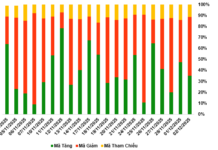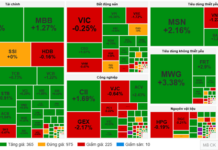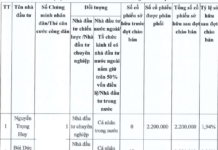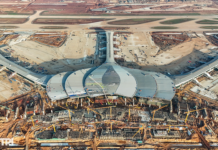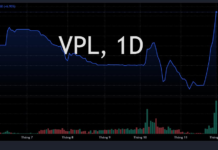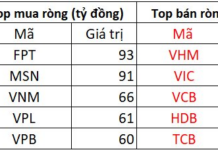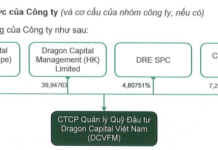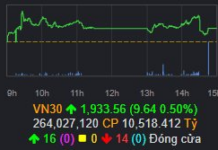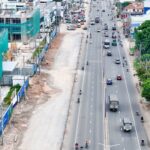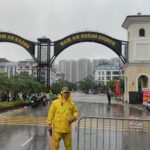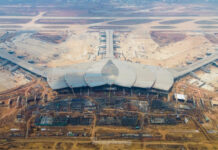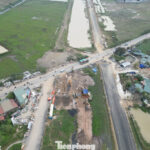“Real estate is a significant asset and a long-term investment for every family, so it’s crucial not to rush into any decisions.” These are the wise words of Ms. H., who has twice made the move from a smaller alley to a larger one. Through her experiences, Ms. H. has gained valuable insights to share with those on a journey to find a new home.

Location Determines Long-Term Value
Ms. H. recounts her experience with her first home, which was located deep in a narrow alley. Initially, she simply thought, “Having a stable place to live is enough.” However, inconveniences soon became apparent: cars couldn’t enter, commuting was difficult, and guests were reluctant to visit. When it came time to sell, finding a buyer proved challenging.
Learning from this, Ms. H. chose a house in a wider alley, just a few dozen meters from the main road, for her second move. Her life became much more convenient, from dropping off and picking up her children from school to commuting to work and hosting friends. She emphasizes that location is a critical factor, determining liquidity and the potential for added value over time.
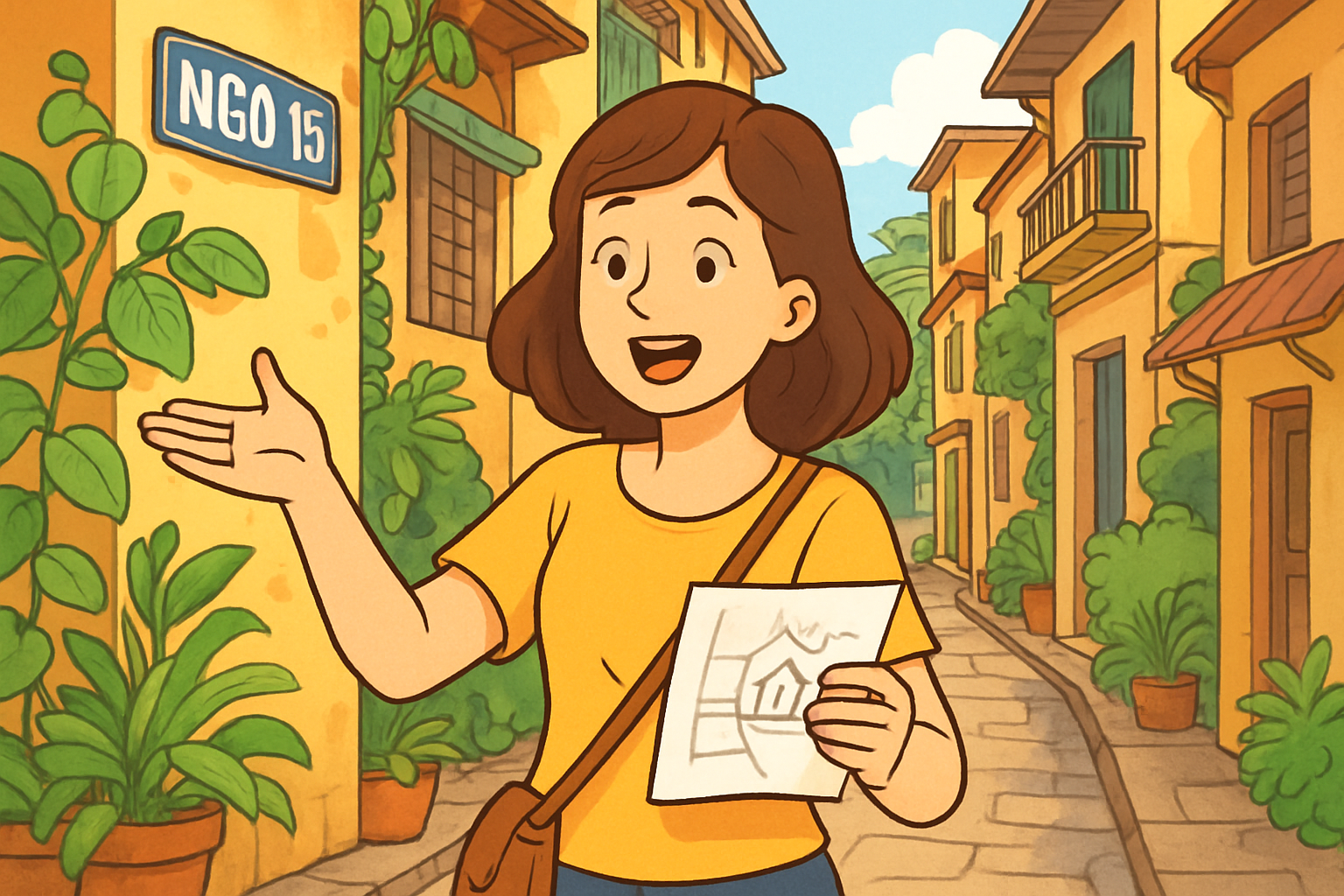
Don’t Neglect Legal Aspects
Another issue Ms. H. highlights is the legal aspect of property ownership. In the past, she purchased a house with a red book (land use right certificate) but encountered issues due to incomplete name transfer procedures, resulting in prolonged processes and inconveniences. From this experience, she learned that buyers should thoroughly check the red book to ensure it’s in the seller’s name and verify whether the property is mortgaged or subject to planning and clearance.
“It’s best to engage a reputable lawyer or broker to conduct due diligence and avoid potential risks,” she advises. “A house with a beautiful location but unclear legal status ultimately offers no real value.”
Infrastructure – Visit the Property on a Rainy Day
Ms. H. shares a secret tip: visit the property on a rainy day or after heavy rainfall. This will reveal any potential issues, such as flooding, leaks, or inadequate drainage.
She recalls how her first home, which she only viewed on sunny days, had weak drainage that resulted in ceiling leaks during heavy rains. For her second purchase, she made sure to inspect the property after rainfall and was pleased to find no such problems. This is an often-overlooked piece of advice, according to Ms. H.
Price and Liquidity
Many people focus solely on the initial purchase price, but Ms. H. emphasizes that price and liquidity go hand in hand. While the house in the narrower alley was cheaper, it was challenging to sell and required lengthy negotiations. In contrast, the house in the wider alley, despite a higher purchase price, offered better rental and resale options, and its value increased with the development of the surrounding infrastructure.
“Don’t just consider the upfront savings,” she advises, “think about long-term value and future liquidity.”
Living Environment and Neighbors
An often-overlooked factor that directly impacts quality of life is the living environment and neighbors. In the previous narrow alley, the cramped space sometimes led to arguments and noise, causing discomfort for Ms. H.’s family. In contrast, the new neighborhood has a more civilized and close-knit community, fostering a sense of safety and comfort.
Ms. H. suggests that buyers take the time to observe the daily life of the neighborhood and even spend a few afternoons at a nearby cafe to get a true feel for the area before making a decision.
Through her two moves, Ms. H. has identified five crucial factors to consider when purchasing real estate: location, legal aspects, infrastructure, long-term value, and living environment. She firmly believes that making the right decision today will bring peace of mind for decades to come.
A Ray of Hope for Hanoi’s Flood-Prone Luxury Villa Residents
The Hanoi City administration is addressing the perennial issue of flooding in the Nam An Khanh area with a substantial investment of over VND 430 billion in a new drainage and wastewater treatment system.
The Ultimate Guide to Traffic Congestion in Ho Chi Minh City: Unclosed Ring Road and Overburdened Highways
The Ho Chi Minh City Department of Construction has acknowledged that despite significant progress in infrastructure development, the regional connectivity landscape still presents bottlenecks. These issues hinder the city’s ability to keep pace with the demands of economic and social growth, especially in the wake of its merger with surrounding localities.
“Launching the Construction of the Cổ Linh Interchange Underpass: A 750-Billion-VND Project Commencing in September 2025.”
The Hanoi City Transport Infrastructure Investment Construction Project Management Board (Transport Department) has proposed to the Department of Construction a plan to commence construction of an underground tunnel project at the Co Linh intersection to eliminate a long-standing traffic bottleneck. The total investment for this project is estimated at VND 750 billion.

